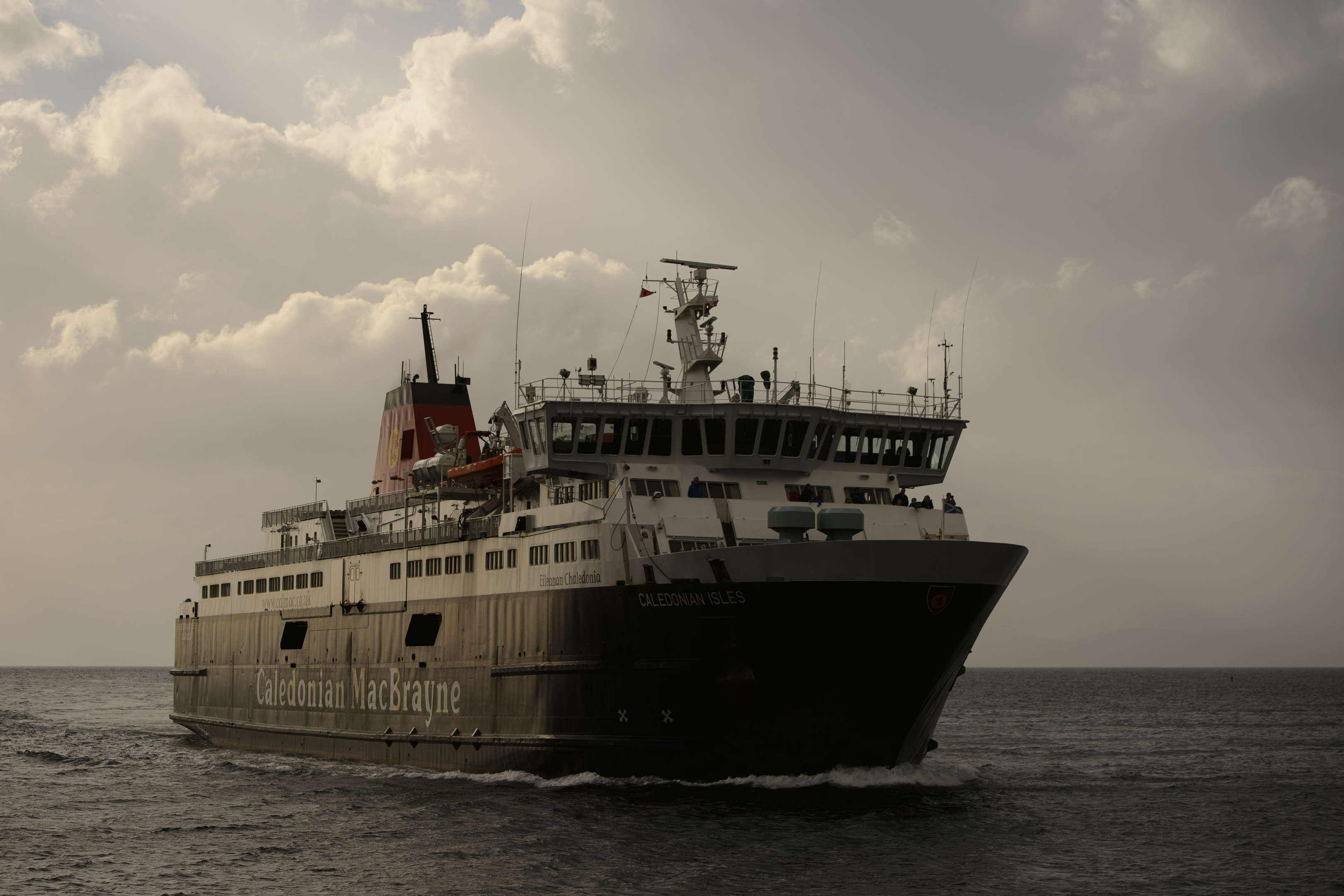
SCOTLAND’S transport agency could find it “challenging” to provide ferry services that meet users needs within its budget in future years, despite spending having more than doubled in the last decade, public spending watchdogs have warned.
Transport Scotland spending on ferries rose by 115% between 2007/08 and 2016/17, going from £97.3 million to £209.7 million – with subsidies to operators doubling to £168.7 million over the period.
While the agency has made “significant progress” as part of plans to improve services, Audit Scotland said its 10-year plan was focused on the Clyde and Hebrides, adding that Transport Scotland has “no Scotland-wide, long-term strategy”.
It added that the condition of about half the harbours used by operators was unknown, and said: “This means the full extent of Transport Scotland’s future spending requirements on services and assets is not known.
“In the context of limited public finances, Transport Scotland will find it challenging to continue to provide ferry services that meet the needs of users within its allocated budget.”
Scotland has an estimated 66 scheduled ferry routes linking up islands and the mainland, with Transport Scotland providing subsidies to almost half (32) of these services.
But Audit Scotland was critical of the agency’s handling of the tendering for the new Clyde and Hebrides ferry services contract, saying it used a new procurement method and the two bidders were “not clear what was expected of them”, submitting more than 800 queries over the course of the process.
The introduction of the Road Equivalent Tariff (RET) has increased traffic on the Clyde and Hebrides services, with 2016 – the first year in which RET was applied across the whole area – seeing growth in passengers of 9% and 16% more car journeys.
Audit Scotland said it was too early to assess the full impact of the roll-out of the scheme, which links ferry fares to the cost of travelling an equivalent distance on land, to services in the Clyde and Hebrides area.
“As the Scottish Government did not set clear objectives or targets for RET, it will be difficult for it to determine whether RET has been more, or less, successful than planned,” Audit Scotland said.
The report also noted that “Transport Scotland does not measure systematically the benefits arising from its spending on ferry services, or the overall contribution ferries make to social and economic outcomes, such as employment or reducing inequality”.
It added: “Better information on this would help Transport Scotland make more informed decisions and demonstrate value for money.”
Fraser McKinlay, Audit Scotland’s director of performance audit and best value, said: “Ferries provide vital links for Scotland’s island communities and overall they are performing well.
“But it’s critical that they provide value for money at a time when all public spending – on the islands and the mainland – is under pressure.
“As it stands, Transport Scotland does not know the full extent of future spending requirements on ferry services and assets and it will find it difficult to provide these services within its allocated budget.
“With so many developments ahead, Transport Scotland needs to make important spending decisions. Its future investment priorities must be based on ferry users’ needs and good information on the benefits that services provide.”
Transport Minister Humza Yousaf said more than £1 billion had been invested in ferry services since 2007, which had brought the introduction of new routes, the procurement of new vessels and the roll-out of cheaper fares.
He said: “All of our investment is subject to strict financial control and management, and we will continue to support our ferry networks and the communities that depend on them.
“As the report points out, the operators providing our ferry services are performing well. In 2016, 5.7 million people and 1.4 million cars were carried on 158,000 sailings.
“99.7% of those services operated and 99.6% were on time, so there is no doubt that the staff and crew of the Clyde and Hebrides, Northern Isles and Gourock-Dunoon routes deserve a great deal of credit for their hard work. It is also very pleasing to see that ferry users are generally happy with their services.”
He insisted that the procurement of the Clyde and Hebrides contract was a success, saying the winning bid from CalMac contained 350 commitments to improve services.
Mr Yousaf said: “Our ferry services are iconic transport links that make a significant contribution to the social, cultural and economic well-being of our islands and Scotland as a whole.
“Making sure they continue to support the communities they serve, as well as delivering best value for taxpayer’s money, will always remain at the heart of our ferry operations.”

Enjoy the convenience of having The Sunday Post delivered as a digital ePaper straight to your smartphone, tablet or computer.
Subscribe for only £5.49 a month and enjoy all the benefits of the printed paper as a digital replica.
Subscribe